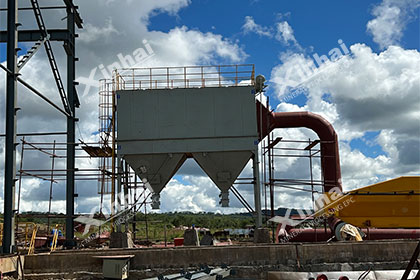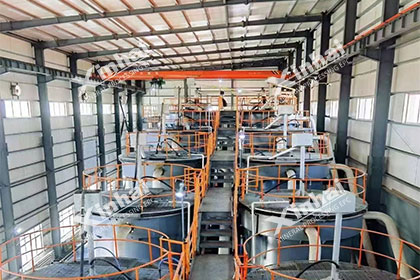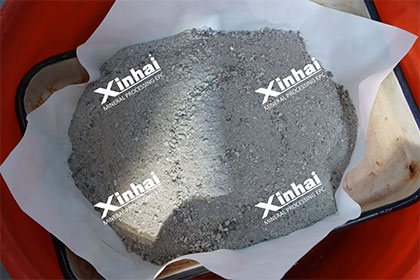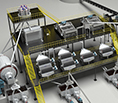Cobalt Extraction Process: Complete Guide
 Sheena
Sheena
 Nov 25, 2025
Nov 25, 2025
 24
24
If you want to know more details about equipment, solutions, etc, please click the button below for free consultation, or leave your requirements!

Cobalt-Extraction-Process
This makes efficient mineral processing and beneficiation crucial to maximize recovery and ensure commercial feasibility. This article provides a full overview of gravity separation, flotation, magnetic separation, and modern combined beneficiation processes.
01Understanding Cobalt Ores
BackCobalt rarely occurs as a standalone mineral resource. Instead, it is commonly found in the following deposit types:
1 Cobalt Sulfide Ores
These ores often contain:
Chalcopyrite
Pentlandite
Pyrrhotite
Pyrite
Because cobalt minerals are usually fine-grained and embedded within copper or nickel sulfides, flotation is the primary extraction method.
2 Cobalt Oxide Ores
Formed by weathering or oxidation of sulfide ores, containing:
Limonite
Goethite
Hematite
Mixed lateritic materials
These may require gravity separation, magnetic separation, or flotation after activation.
3 Copper–Cobalt (Cu–Co) Ores
Most famous in Central Africa’s Copperbelt, these ores typically combine:
Sulfides
Oxides
Carbonates
Mixed transitional zones
A combined process flow is required to treat such complex ores efficiently.
Understanding ore type is essential because it dictates:
Grinding fineness
Beneficiation technology
Equipment configuration
Expected recovery rate
02Major Cobalt Extraction Processes
Back1 Gravity Separation
When Gravity Separation Is Applicable
Gravity separation works best when cobalt minerals are:
Coarse-grained
Have a significantly higher density than gangue
Partially liberated
Suitable minerals include cobaltite and skutterudite in certain deposits.
Key Equipment for Gravity Separation
Jig Separators
High throughput
Good for coarse cobalt minerals
Shaking Tables
Excellent for fine gravity processing
Produces high-grade concentrates
Spiral Chutes
Low energy consumption
Ideal for pre-concentration in oxide ores
2 Flotation Process (Most Widely Used for Cobalt)
Flotation is the primary method for extracting cobalt from sulfide ores and many Cu–Co mixed ores. It allows selective separation using differences in mineral surface properties
Flotation Equipment
SF / BF Flotation Cells: High aeration and mixing capacity
XCF / KYF Flotation Cells: Suitable for large-scale plants, low power consumption
Flotation Columns: Produce high-grade concentrates, fewer cleaning stages
Benefits
High recovery efficiencies
Flexible adjustment through reagent control
Effective for complex or fine-grained ores
3 Magnetic Separation
Magnetic separation is often overlooked, but it plays a crucial role in many cobalt processing flows, especially in removing iron-rich gangue.
Magnetic Separation Equipment
Wet High-Intensity Magnetic Separators (WHIMS)
Capture weakly magnetic particles
Suitable for fine cobalt ore preparation
Dry Drum Magnetic Separators
Used for coarse gangue removal
Low energy requirement
03Combined Cobalt Beneficiation Processes
BackDue to the complexity of cobalt ores, combined flowsheets are now the industry standard.
1 Gravity + Flotation
This hybrid method is ideal for:
Mixed sulfide–oxide ores
Ores with both coarse and fine cobalt minerals
Flow Example
Gravity separation removes coarse waste and enriches cobalt.
Flotation upgrades fine cobalt minerals to high-grade concentrate.
2 Magnetic Separation + Flotation
Used for:
Iron-rich cobalt ores
Ores containing pyrrhotite or magnetite
Flow Example
Magnetic separation removes magnetic impurities.
Flotation produces high-grade cobalt concentrate.
This improves metallurgical performance dramatically.
3 Gravity + Magnetic + Flotation
A full combination process is essential for:
African copper–cobalt ore fields
Weathered or mixed mineral zones
Polymetallic cobalt ores
Why It Works
Each method targets a different mineral group:
Gravity → coarse cobalt minerals
Magnetic → iron-bearing gangue
Flotation → fine cobalt-bearing sulfides/oxides
.jpg)
04Cobalt Processing Plant (Complete Flow Design)
BackA professionally designed cobalt plant typically includes:
4.1 Primary Crushing
Jaw crusher
Cone crusher
Ensures consistent feed size.
4.2 Grinding & Classification
Ball mill / rod mill
Spiral classifier / hydrocyclone
Controls liberation and particle size distribution.
4.3 Pre-Concentration
Jig machine
Spiral chute
Magnetic separator
Reduces capacity pressure on the main flotation circuit.
4.4 Flotation Circuit
Roughing
Scavenging
Multi-stage cleaning
Utilizing flotation cells tailored to the ore type.
4.5 Concentrate Dewatering
Thickener
Filter press
Produces market-ready cobalt concentrate.
05Conclusion: The Future of Cobalt Extraction
BackAs demand for cobalt grows—driven by electric vehicles, renewable energy storage, and advanced manufacturing—the importance of efficient beneficiation will only increase. Modern cobalt extraction relies on a combination of gravity separation, magnetic separation, and flotation, supported by advanced equipment and integrated plant design.
For mining companies, EPC providers, and investors, choosing the right equipment supplier is essential. A partner that offers complete cobalt processing solutions—from ore testing and process design to equipment manufacturing and installation—can significantly improve both recovery rate and overall project success.
 +86 183 3575 8886
+86 183 3575 8886 pinklaurabao@gmail.com
pinklaurabao@gmail.com



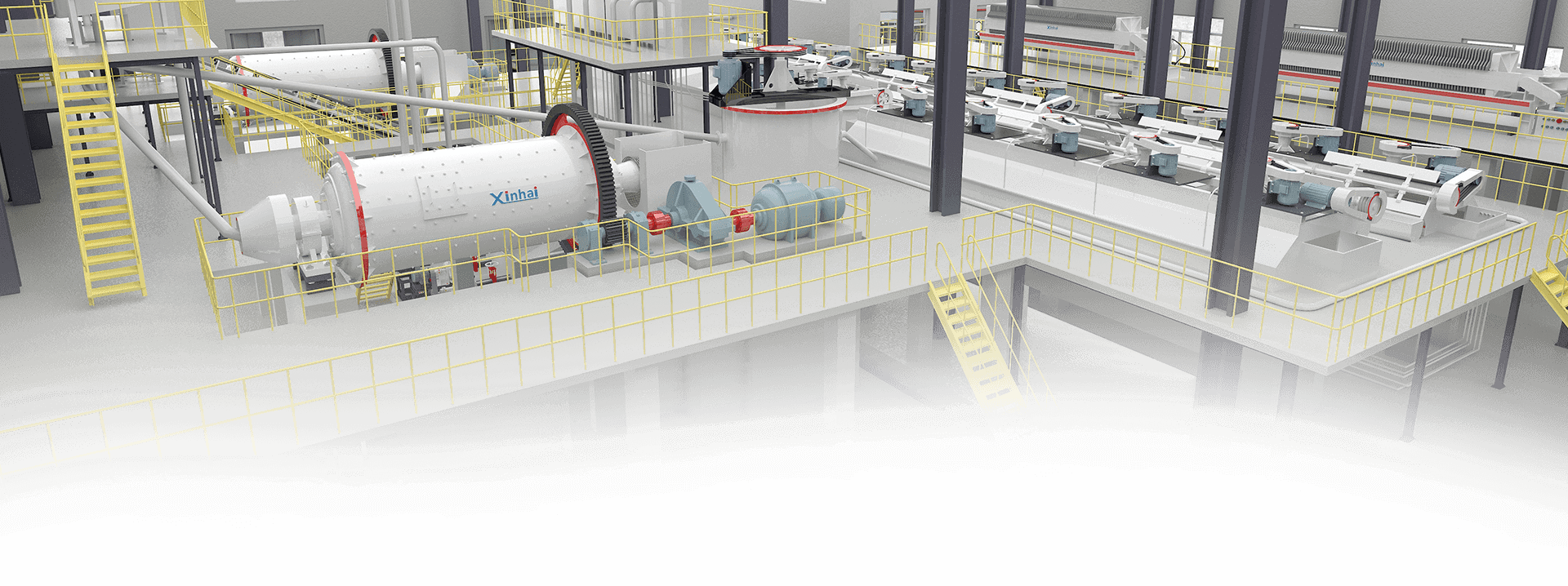
 Message
Message Chat Now
Chat Now


